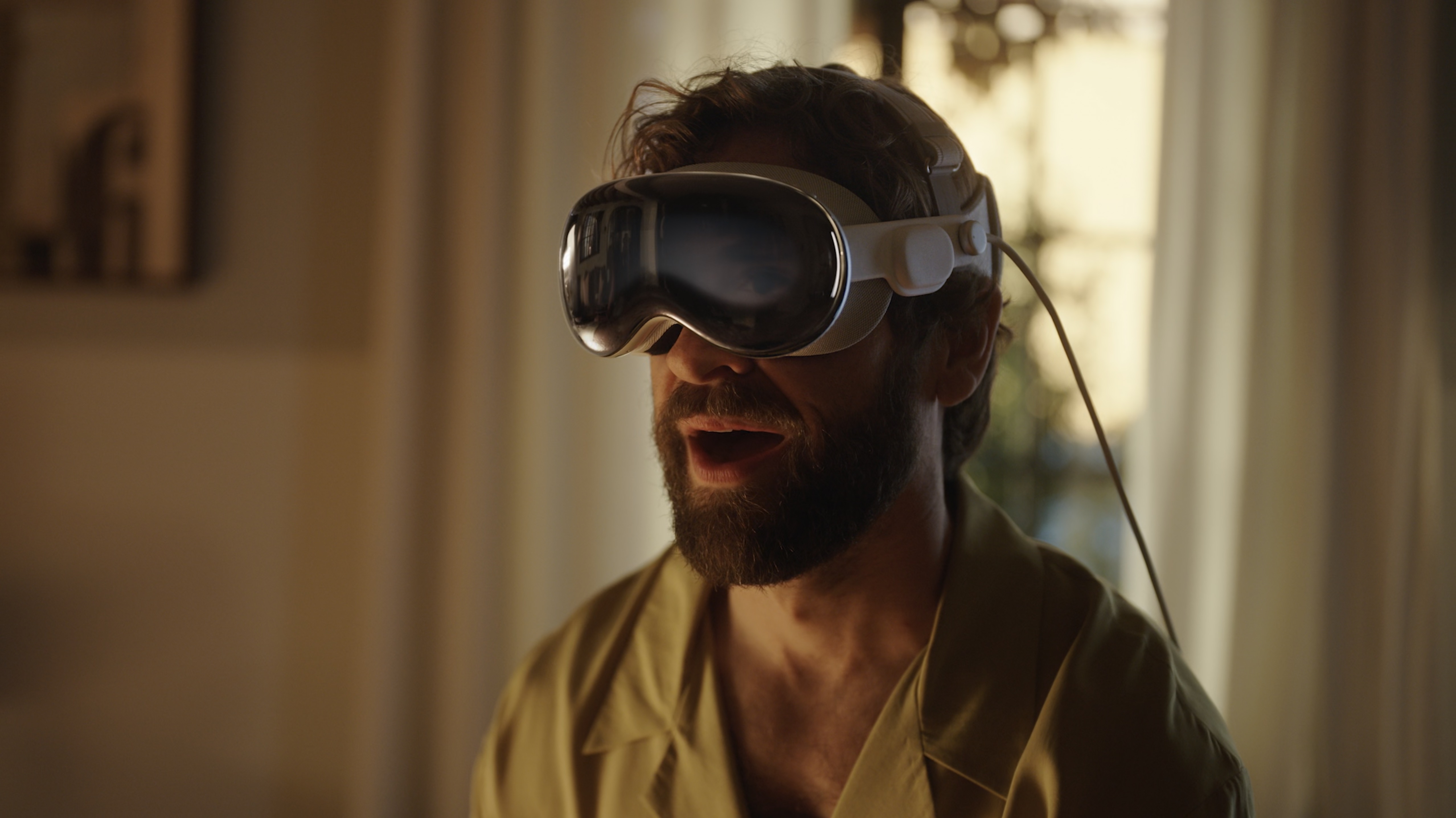Apple Vision Pro sales are already 4x the number of iconic NeXT Cubes Steve Jobs ever sold — and it's just getting started
The NeXT Cube makes the Vision Pro look cheap.

Apple's Vision Pro is now on sale and those who were able to get their preorders in early have already been enjoying the spatial computing experience for a few days now. We've seen plenty of Vision Pro reviews, both positive and not-so-positive as well as reports from people who actually spent their own money on the device. And while Apple hasn't shared sales figures, some have posited that around 200,000 Vision Pros were bought as part of the preorder window from January 19 to February 2.
That's a big number although in a world where millions of iPhones are sold on launch day, it's easy to think that the figure isn't all that impressive. But it's important to put these things into perspective and one way to do that is to take a look at an iconic product and compare its sales figures. And they don't come much more iconic than Steve Jobs' very special NeXT Cube.
Finding hard figures for how many NeXT Cubes sold is almost as difficult as figuring out exactly how many Vision Pro headsets have been sold to date. But assuming the figures are accurate Apple was able to sell around 4x as many Vision Pro units in several days as Steve Jobs was ever able to sell NeXT Cubes. That's right, NeXT only sold around 50,000 Cubes according to a 2005 Wired report which makes the Vision Pro an unmitigated success by comparison.
Costly spatial computer vs costly iconic computer
One of the narratives surrounding the Apple Vision Pro launch has, understandably, been the cost. Starting at $3,499 for the 256GB version and increasing from there for those who want 512GB or 1TB of storage, there is no denying that the headset is a costly proposition. Few will buy one on a whim, to be sure, but Apple isn't known for making affordable products. There are rumors of a cheaper Apple Vision Pro already being in the works, but it isn't yet clear how Apple will make it cheaper and which features it will remove to slash the asking price. But while Apple's first entry into the world of spatial computing isn't a bargain by any stretch, its $3,499 asking price is a drop in the ocean compared to how much the NeXT Cube sold for.
Prices for the Cube vary depending on which computer is talked about and none of NeXT's products were cheap. In today's money buying a NeXT Cube would have cost around $18,000 back in 1990, which is a huge sum of money. That makes even the Mac Pro seem cheap (it isn't), although there's an argument to be had that the Cube was at least the better-looking machine. But no matter which side of the aesthetic argument you fall on, it's fair to say that the Cube was always going to struggle in terms of raw sales numbers, especially given the fact it launched into a world that just wasn't quite ready to put a computer on every desk and in every home.
Not that it ultimately mattered all that much. NeXT was famously bought by Apple and Jobs returned to the company he co-founded. The rest, as they say, is history — and without it, we wouldn't be able to buy the Apple Vision Pro today.
Now, just imagine how many Vision Pros Apple will sell when the price falls.
iMore offers spot-on advice and guidance from our team of experts, with decades of Apple device experience to lean on. Learn more with iMore!
More from iMore

Oliver Haslam has written about Apple and the wider technology business for more than a decade with bylines on How-To Geek, PC Mag, iDownloadBlog, and many more. He has also been published in print for Macworld, including cover stories. At iMore, Oliver is involved in daily news coverage and, not being short of opinions, has been known to 'explain' those thoughts in more detail, too.
Having grown up using PCs and spending far too much money on graphics card and flashy RAM, Oliver switched to the Mac with a G5 iMac and hasn't looked back. Since then he's seen the growth of the smartphone world, backed by iPhone, and new product categories come and go. Current expertise includes iOS, macOS, streaming services, and pretty much anything that has a battery or plugs into a wall. Oliver also covers mobile gaming for iMore, with Apple Arcade a particular focus. He's been gaming since the Atari 2600 days and still struggles to comprehend the fact he can play console quality titles on his pocket computer.
